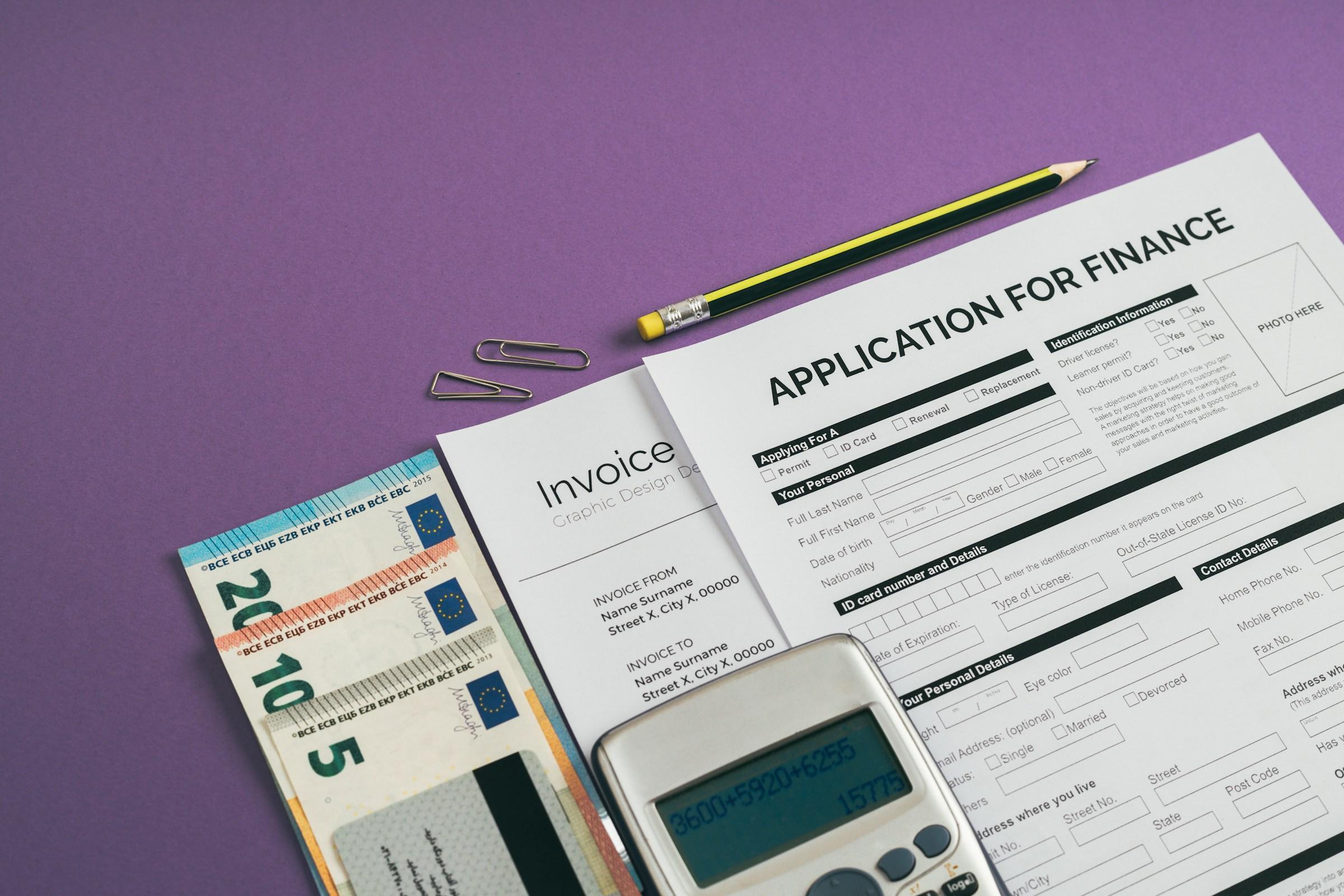If a rule narrows eligibility, where does that leave your timeline, your monthly cash flow, and the tradeoffs you’re making elsewhere in your plan? The latest move by the Trump administration to prevent some borrowers from receiving benefits under a popular student loan forgiveness program has created understandable anxiety. As a planner, I don’t want you to react with fear or absolutist choices. I want you to map the impact on your personal timeline, assess what’s still within your control, and adjust your cash and protection layers so this policy change doesn’t derail everything else you’re building.
Start by naming your path. Forgiveness is not one monolith; it’s a set of routes with different clocks and conditions. Some borrowers are working toward public-service forgiveness tied to qualifying employment and certified payments. Others are on income-driven repayment with eventual balance forgiveness, counting on interest subsidies and shorter horizons for modest balances. A policy designed to “prevent benefits” typically targets definitions—who counts as eligible employment, which months qualify as payments, how consolidations are treated, or whether certain subsidies still accrue. Even if you haven’t read a page of regulation, clarifying which path you’re truly on turns a vague headline into a specific question: what, precisely, would change for you?
Once you’ve identified the route, check your dependencies. If your plan hinges on an interest subsidy that keeps your balance from creeping up, ask what happens to your cash flow if that subsidy shrinks or disappears. If you’re counting years of service or months of payment, confirm what the rule counts and what it excludes. If your strategy assumed that consolidating loans would simplify counting or unlock a benefit, understand whether the timing of that consolidation could reset a clock or close a door. Policy changes often operate through these small gates. Seeing them clearly is the difference between an avoidable setback and a permanent detour.
Next, protect your month-to-month resilience. When rules feel unsettled, people often overcorrect by throwing every spare dollar at debt. That can feel virtuous but create fragility. If your emergency buffer wouldn’t cover a few months of expenses, now is not the time to drain it for discretionary prepayments. Solid near-term liquidity does two things during policy turbulence: it buys you time to make calm decisions, and it keeps you from substituting one source of stress for another. As a guideline, make sure your core cash cushion is intact before you change repayment cadence. If you already have that cushion, small, steady prepayments—rather than dramatic lump sums—can reduce interest drag without compromising flexibility while you watch the final shape of the rule.
Revisit documentation and recertification timing. Most forgiveness pathways depend not just on what you do, but on what you can prove. Keep employment certifications current if you’re in public service. Store payoff histories, servicer communications, and recertification receipts in a dedicated folder. If you’re on income-driven repayment, plan your annual income recertification with intent rather than defaulting to habit. Timing matters if your earnings fluctuate, and accurate family-size reporting can change the calculation. In periods of rule adjustment, clean paperwork is more than tidy—it’s protective.
Then look at the rest of your plan. Student debt rarely exists in isolation. If a benefit is trimmed, will that meaningfully delay retirement saving milestones or increase reliance on future salary growth? Review your contribution rate to long-term accounts and ask whether a very small, temporary reallocation could stabilize cash flow without compromising compounding. If your housing costs are rising, what combination of modest spending changes or refinancing check-ins can offset the difference so you don’t push all the strain onto your repayment line item? The discipline here isn’t austerity; it’s rebalancing the plan so one policy change doesn’t force you to sacrifice every other objective.
It’s also worth running a quiet Plan B model. If your current route assumed forgiveness in a certain year, model a scenario where the clock runs longer or the subsidy shrinks. What does that do to your end balance trajectory? How many dollars per month would keep you on your original schedule despite the change? Sometimes the number is smaller than your anxiety suggests. When you can name it—an extra sixty dollars here, a one-time tax refund there—the “what if” becomes a solvable math problem rather than an existential fear.
If you worry that shifting rules make long-term planning impossible, remember that most of your control still sits in three places: income resilience, spending precision, and time in the market for your long-horizon assets. The student-debt line is important, but your lifetime outcomes are more sensitive to avoiding expensive short-term borrowing, protecting against income shocks, and keeping retirement contributions consistent. If you are offered overtime, a contracting project, or a certification that raises your salary band, those changes often do more for your debt trajectory than any single policy tweak can undo. Likewise, checking for subscription creep or renegotiating a few key bills can free up the exact monthly amount your Plan B requires without draining your buffer.
Communication with your servicer deserves a calm, scheduled approach. Call center backlogs tend to rise when headlines break. Instead of urgent calls, set calendar reminders for two dates: one to review any formal rule text and agency guidance, and another, a few weeks later, to confirm how your account is being coded. If the program rules introduce new categories or require updated forms, you will be better served by precise questions tied to your account history than by broadly asking “what should I do?” Precision gets you usable answers.
If you co-manage money with a partner, bring them into the conversation early. Align on which tradeoffs you’re willing to make temporarily and which you are not. If you’re planning a major life event—moving, a degree, a career transition—run the numbers with a slightly higher debt payment line and see whether your plan still holds. If it doesn’t, adjust the timeline now rather than forcing a rushed decision later.
Finally, keep perspective on the word “prevent.” Policymaking language can be blunt; actual impacts are often narrower than the headline implies. Student loan systems are complex by design, and while that can be frustrating, it also means there are usually multiple levers to protect your progress. If a benefit you counted on becomes harder to access or slower to accrue, you still have meaningful tools: documentation discipline, cash-flow margins, measured prepayments, and diversified long-term saving that keeps compounding on schedule.
The student loan forgiveness eligibility changes 2025 may reshape who qualifies for some specific advantages, but they don’t erase your agency. Name your path, audit your dependencies, stabilize your monthly buffer, and model a pragmatic Plan B. Then put those dates on the calendar and get back to your broader life and financial goals. The smartest plans aren’t dramatic. They are consistent, documented, and flexible enough to absorb policy weather.








-1.jpg&w=3840&q=75)



.jpg&w=3840&q=75)


-1.jpg&w=3840&q=75)